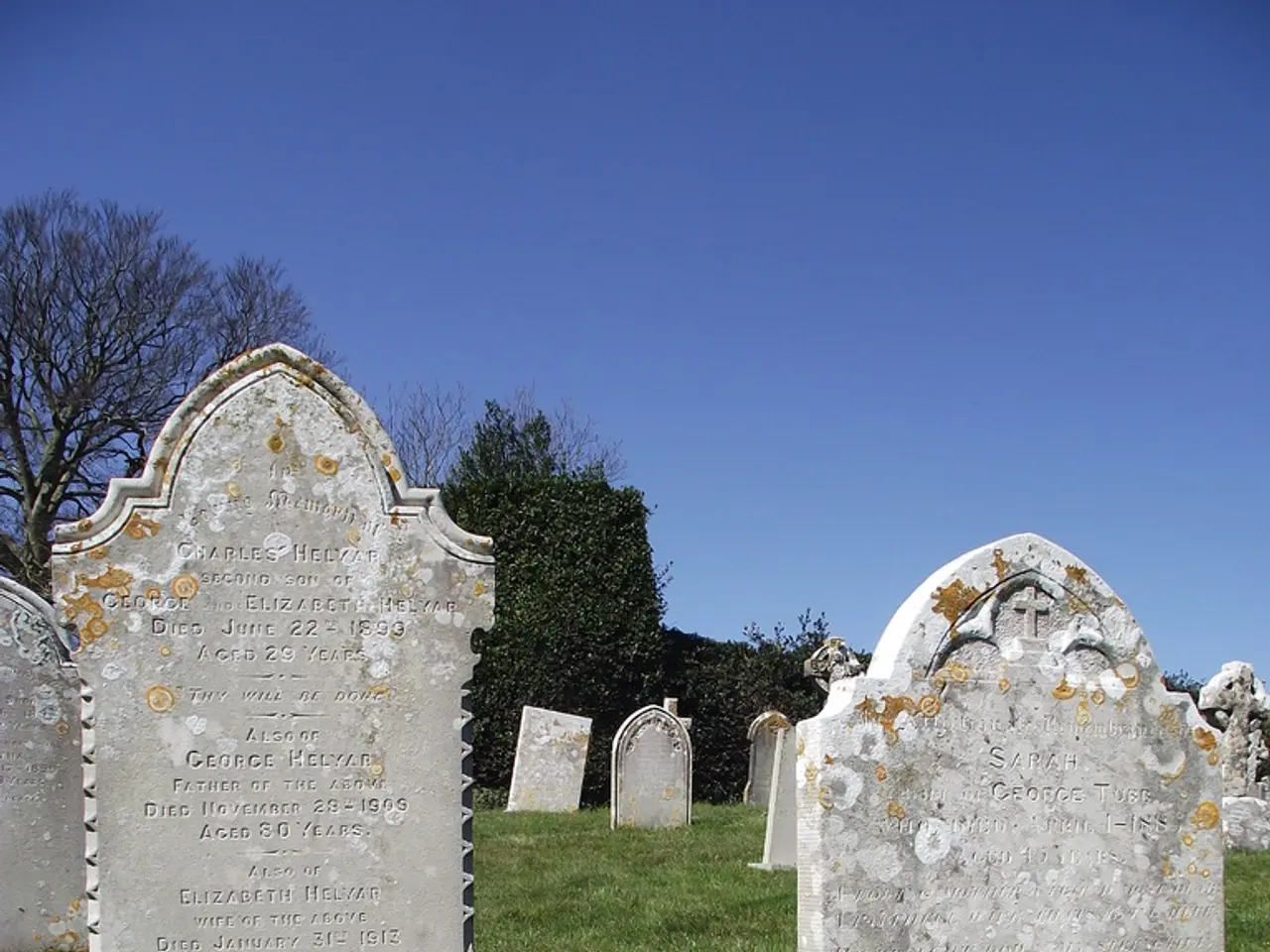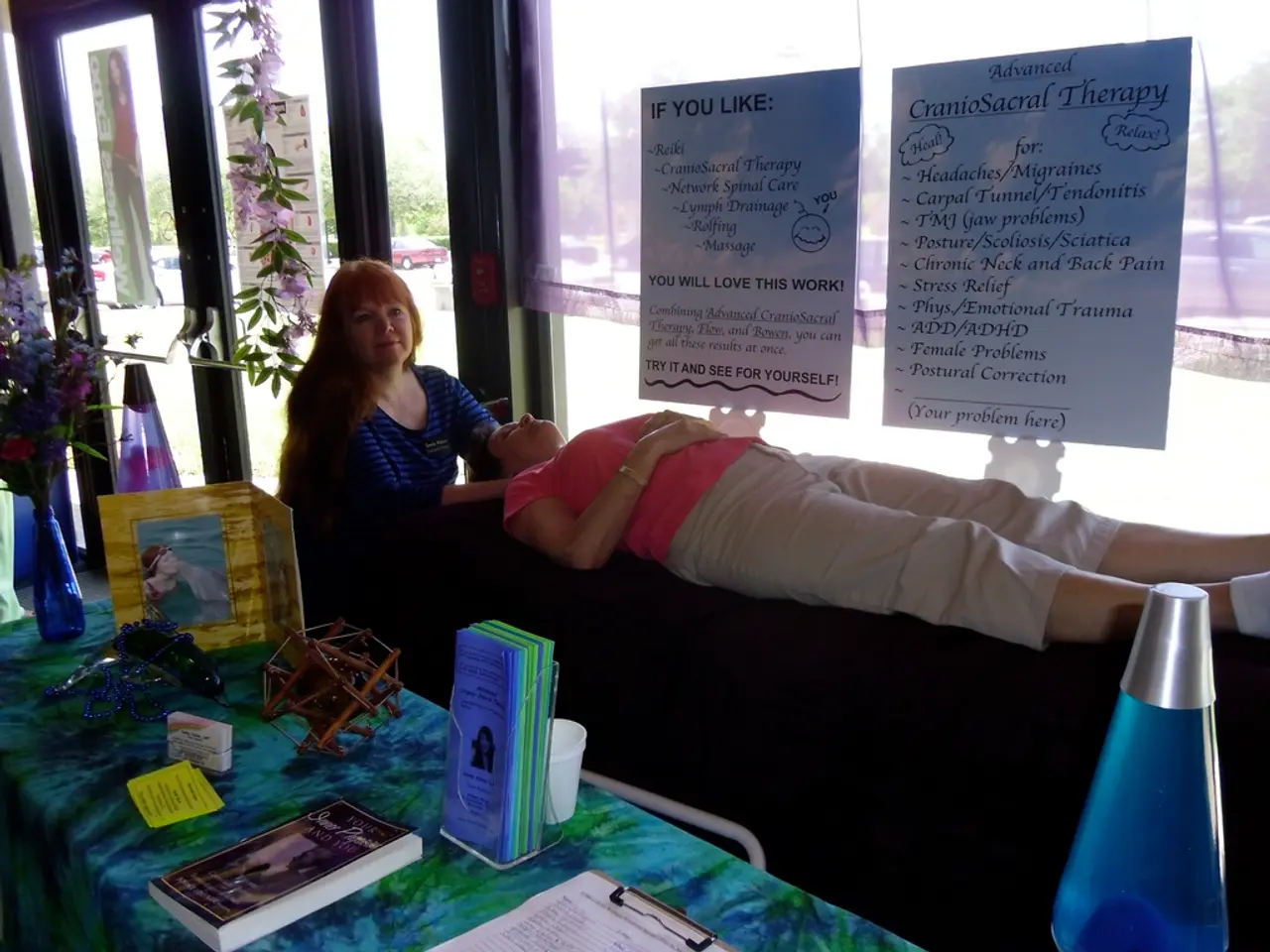Ancient Mummy's Authentic Odor Revealed After 3000 Years
In a groundbreaking study conducted at the Egyptian Museum in Cairo, researchers have discovered the key components responsible for the unique aroma of mummified bodies. The findings, which challenge the common perception of mummies smelling primarily of decay, suggest that ancient Egyptians intentionally used natural fragrant compounds during the embalming process.
The study, which involved a combination of human 'sniffers' and scientific instruments, found that the smells of mummified bodies are woody, spicy, and sweet, rather than the decay odor commonly associated with corpses. The specific compounds identified were fragrant resins used in the embalming process, such as myrrh, frankincense, and other aromatic substances.
These resins, which impart a sweet and spicy scent to the mummies, were used not only for their fragrance but also for their preservative properties. The study overturned the common expectation that mummies would primarily smell of decay, offering a potential new method for assessing the condition of mummies without invasive procedures.
The work of these researchers could provide a non-invasive way to monitor a mummy's condition, and they plan to recreate the aroma for the public at the museum. For more information about this study, or to ask questions, you can message the museum's Facebook, X, and Instagram pages, or email questions@our website.
It's not just the past that's being uncovered at the Egyptian Museum in Cairo. Recent discoveries have also shed light on the lives of early Americans, with an article titled "Mummy DNA reveals that early Americans were wiped out by Europeans" available for reading. For fun facts in science, or to read about other fascinating discoveries, visit our page dedicated to science facts.
If you're interested in other archaeological breakthroughs, don't miss the article titled "Sound of a 3,000-year-old Egyptian mummy's voice recreated thanks to 3D printing." This article showcases another way technology is being used to bring history to life.
[1] Source: [Article Title] available for reading.
- The research at the Egyptian Museum in Cairo not only delves into the unique aromas of mummified bodies but also extends to the preservation and monitoring of mummies, potentially revolutionizing health-and-wellness practices and medical-condition assessments in this field.
- Adopting a system similar to the one used by these researchers might allow scientists in the field of space research to identify the presence and properties of naturally occurring fragrant compounds on other planets or celestial bodies, thus contributing to the advancement of science.
- By understanding the preservative properties and associated health benefits of the fragrant resins used by the ancient Egyptians, such as myrrh and frankincense, there may be opportunities for integrating these substances into current health-and-wellness products, contributing to the broad spectrum of scientific research in the medical-conditions field.




